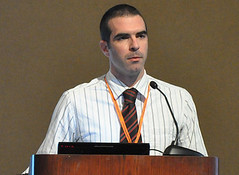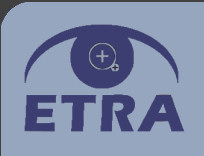UNH ECE professor Tom Miller and I were recently awarded an NSF International Research Experiences for Students (IRES) grant. Our IRES grant will fund students conducting research at the University of Stuttgart in Germany.
Under our NSF IRES grant, each summer between 2014 and 2017, three undergraduate and three graduate students will conduct research for just under 9 weeks at the Human Computer Interaction (HCI) Lab of Professor Albrecht Schmidt at the University of Stuttgart. Professor Schmidt and his lab are among the world leaders in the field of HCI.
Student research will focus on two areas: in-vehicle speech interaction and speech interaction with public displays. For in-vehicle speech, students will relate the benefits and limitations of speech interaction with in-vehicle devices with real-world parameters, such as how well speech recognition works at any given moment. They will also work to identify why it is that talking to a passenger appears to reduce the probability of a crash, and how we might be able to use this new information to create safer in-vehicle speech interactions. Similarly, students will explore how speech interaction can allow smooth interaction with electronic public displays.
Successful applicants will receive full financial support for participation, covering items such as airfare, room and board, health insurance, as well as a $500/week stipend. The total value of the financial package is approximately $8,500 for 9 weeks.
Details about the program, including applications instructions, are available here. Please note that this program is only available to US citizens and permanent residents. If you have questions please contact Andrew Kun (andrew dot kun at unh dot edu) or Tom Miller (tom dot miller at unh dot edu).





